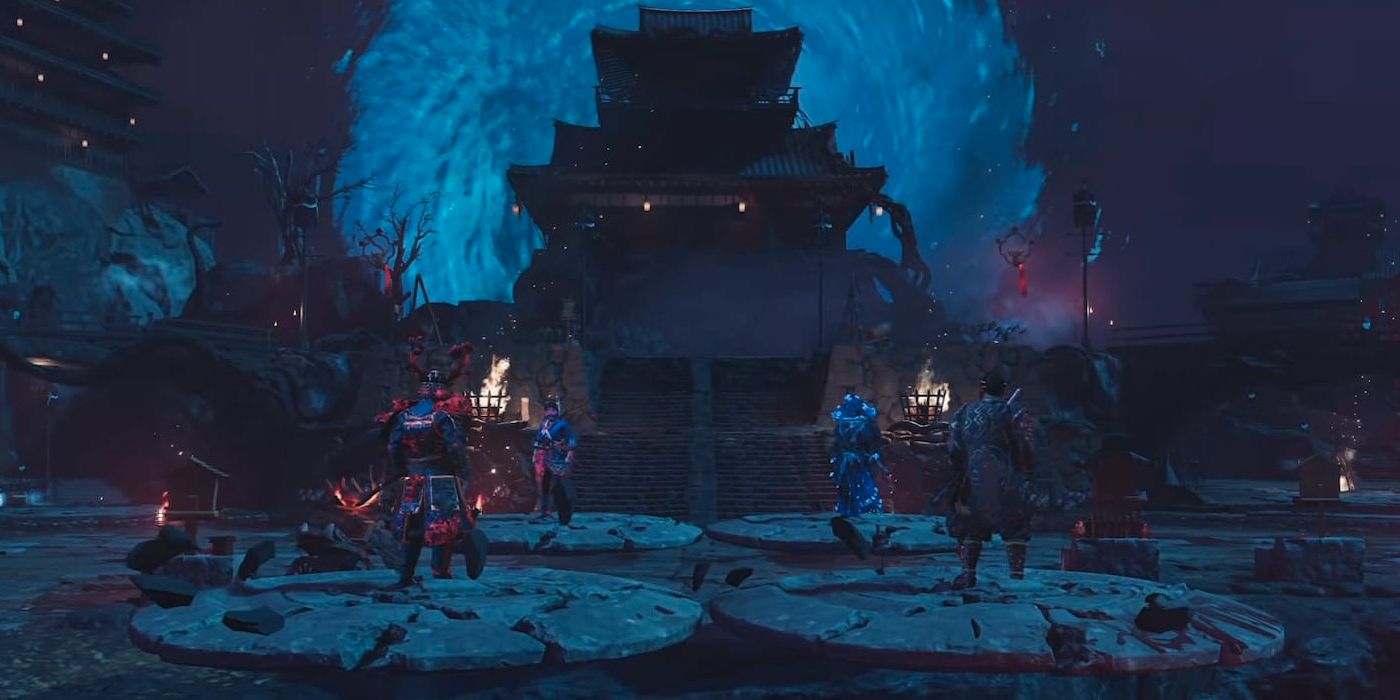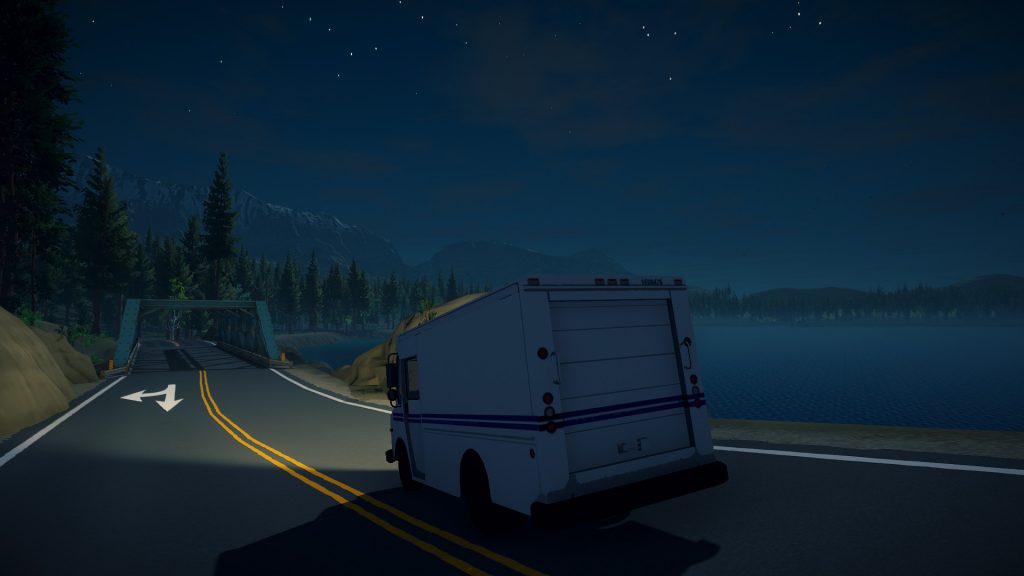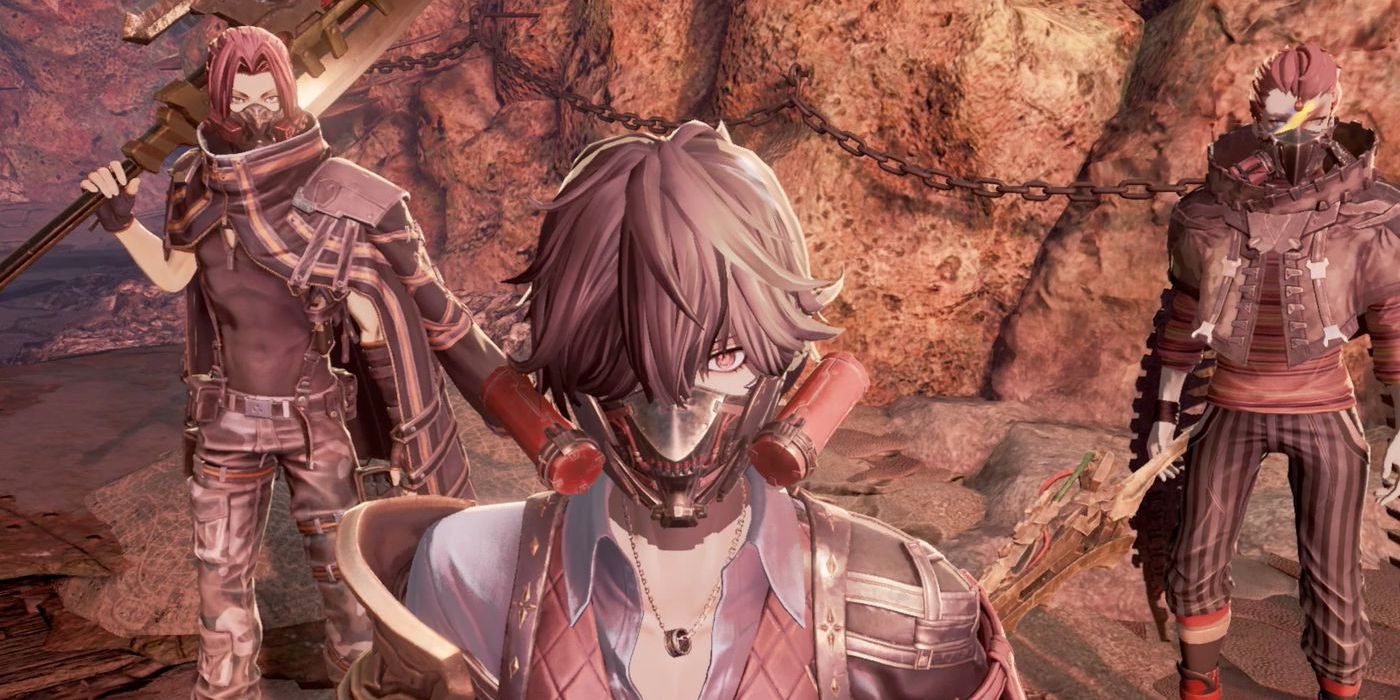

Fans of Code Vein have referred to it as "Anime Souls" for its unique anime aesthetic with Soulsborne mechanics influencing the gameplay. The game has garnered praise from critics and fans of the Souls franchise, yet frequent grievances hold the game back from greater heights. Code Vein's anime aesthetic and action-oriented cutscenes are reminiscent of action RPGs such as the Devil May Cry franchise with massive weapons and character-driven stories. The game is unique for its mesh of influences, yet it could also learn from each series' growth to carve a greater name for itself.
There is no official word on a Code Veinsequel, but if Bandai Namco decides to make one, it will need to flesh out a few things that held the original back.
RELATED: 5 Soulslike Games That Are More Like Bloodborne Than Dark Souls

The Devil May Cry franchise is known for its over-the-top cutscenes, colorful characters, and fast-paced gameplay. For the most part, Code Vein manages to have a compelling narrative complete with character development. Developing a relationship with the cast of Code Vein is also presented in the mechanic of trading. Players can gift valuables to every character, and characters will react differently depending on the item. Giving the right character a particular valuable rewards the player with more trading points. However, where Code Vein suffers is in balancing its Soulsborne-inspired combat with its DMC inspirations. For example, many blood codes allow the player to access new abilities on the fly, similar to Dante's abilities Sword Master and Royal Guard.
Blood codes are one of the highlighted features in Code Vein, as allowing the player to change gameplay at their convenience is refreshing and keeps the gameplay loop from getting stagnant. They are essentially Code Vein's class system, and each blood code has different abilities, status boosts, and weaknesses, as well as better attunement with different weapon types. Code Vein needs to improve upon this mechanic by designating a button for on-the-fly blood code-switching. It is possible to go into a fight not knowing which skills and weapons will be most effective. Therefore, having a UI-integrated weapon and style switching system akin to DMC5 would fix the menial task of pausing, choosing a blood code, and re-slotting gifts.
While the cutscenes in Code Vein may have some action-packed sequences, most are dialogue-driven. While it is good to get to know each character and their personalities, and fun to watch them interact, sometimes the dialogue can become overindulgent. For example, the player character observes Yakumo eating an onigiri, which sparks an unwarranted speech on the value of humanity, his experiences in war, and the value of friendship. While Code Vein has an appealing anime aesthetic, it could have traded these long sequences that lack narrative substance for more flashy, action-based cutscenes. Code Vein could learn a lesson from DMC in keeping the player engaged by showing characters in action rather than telling the player using cutscenes. Players could argue that the campiness of DMC cutscenes make the game tonally dissonant, yet the DMC franchise understands that campiness can be a lot of fun.
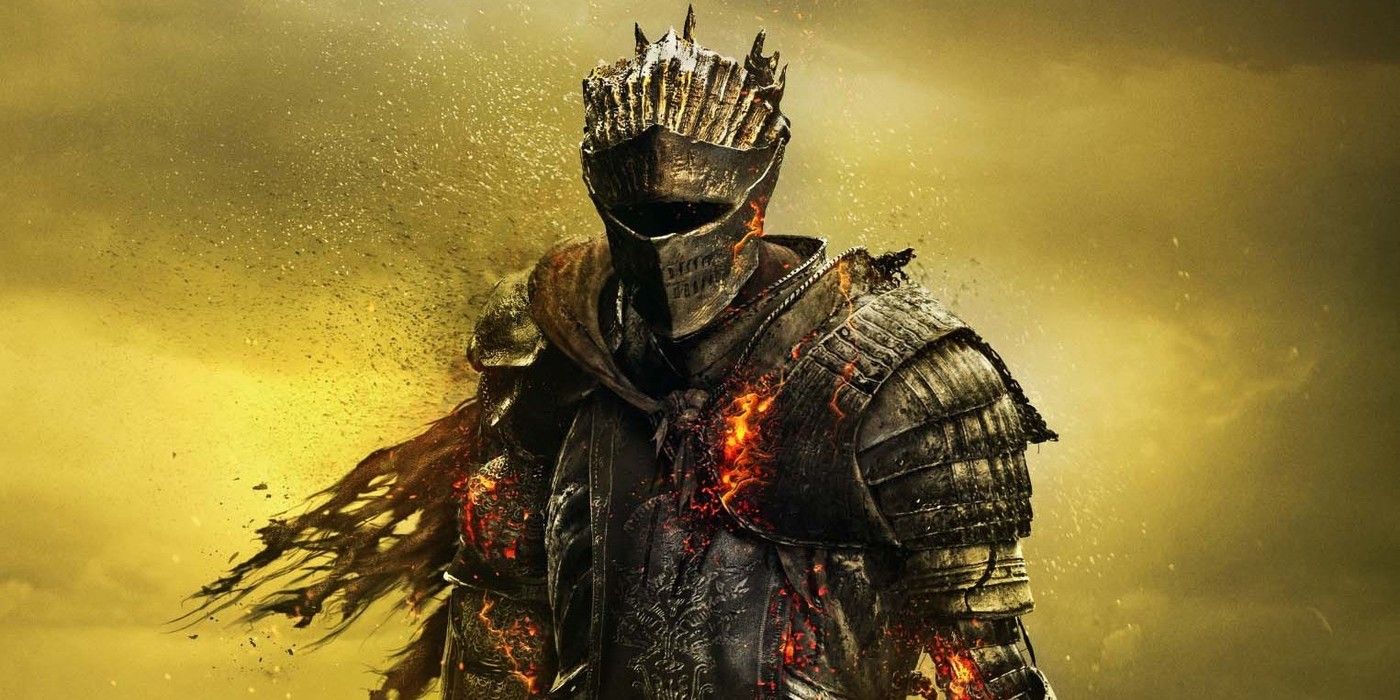
An interconnected world, resting points, character min-maxing, a replenishing health source, and hard-hitting mob enemies are elements that make up most Soulslike game. Code Vein clearly adheres to many of these mechanics, along with others. However, the game also suffers from forgetting parts of Dark Souls. One aspect that becomes apparent early on is the lack of weapon variety in Code Vein. There are a couple of weapon types, yet there are very few variations for each model. Even in the original Dark Souls, there is an array of different weapons and weapon types. On top of that, there are boss weapons that players can obtain in the Souls franchise. If Code Vein does end up with a sequel, it will need to have a much wider array of weapons.
On bosses, Code Vein also should have taken a page out of the Soulsborne playbook. Many of the bosses in Code Vein are not too difficult, especially when accompanied by a companion, and lack an iconic status. While some bosses appear big and scary, some with interesting designs, players can defeat each one the same way. All it takes is careful dodging and punishing the boss after its attack pattern, and many can be staggered for even more damage. To reach newer heights, a sequel to Code Vein would need to lean into the Dark Souls 3 and Bloodborne playbook of boss design. Mechanics such as bosses growing more dangerous as their health bar depletes are missing from Code Vein's boss design, something a potential sequel will need. Code Vein has partners that will fight alongside players, which sometimes trivializes boss fights. Although the partner mechanic is optional, it would be better to go one-on-one with some bosses to test the player's skill.
On a similar note, the mob enemies in Code Vein could use more variation. While some areas have specific mob enemies, players will spend most of the game fighting the same creature types in different areas. In the original Dark Souls, the late game suffers from a lack of enemy diversity as well. However, there are still specific mob types for each area of every Soulsborne entry. It is unfortunate because the gameplay loop for Code Vein is fun and accessible, but fighting the same enemies can distract the player.
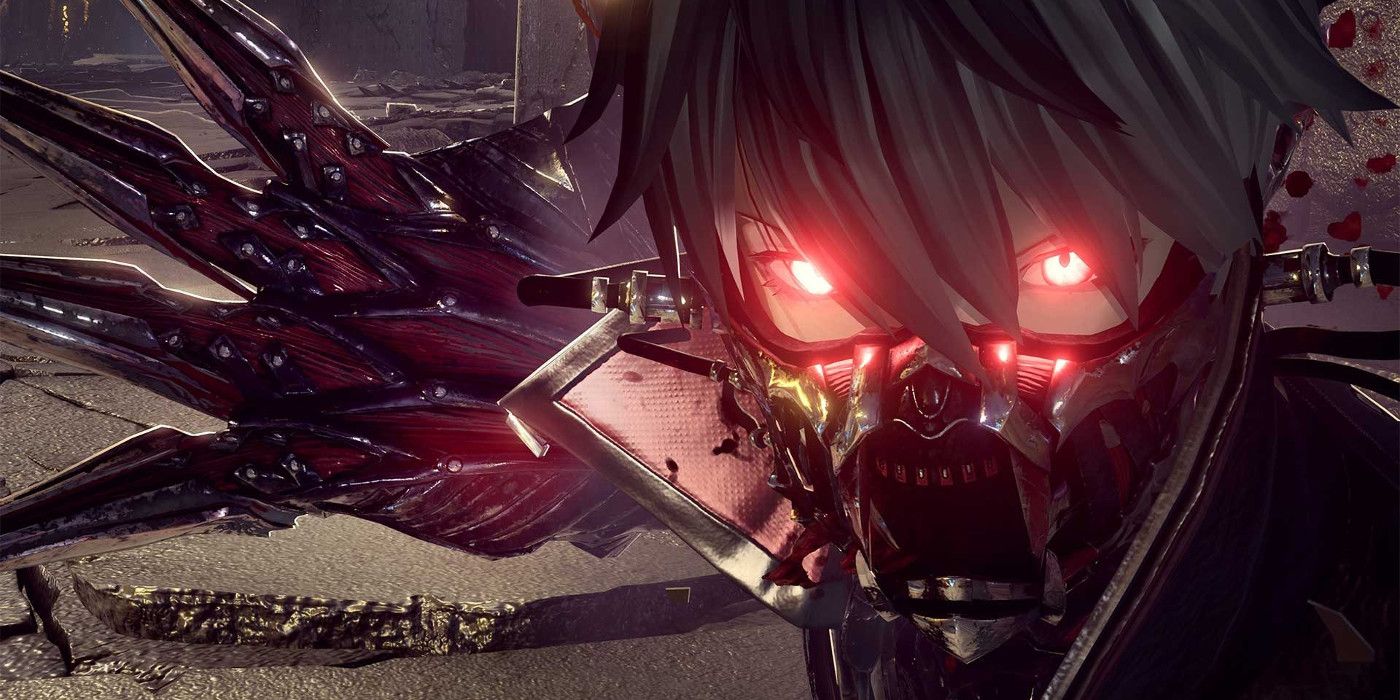
If Code Vein is greenlit for a sequel, there will likely be a lot of hype surrounding it. With a successful first entry, it would be risky to make such drastic changes. However, sometimes games do end up being reworked from the ground up, such as DmC: Devil May Cry. So it is possible that a second entry into the Code Vein series could be mechanically different from the original, though this is unlikely. There is hope that some of the mechanics will be updated, and perhaps because the first entry was a success, the second game will have a budget big enough to improve upon its fun and engaging loop.
Code Vein is already a game with a vast array of mechanical depth, enough to keep players trying out each blood code with weapon combos. It already has a formula that does not need much improvement, and the game is already one of the more accessible and easy Soulslikes. Code Vein also has an online co-op, which can be useful to newcomers. While the game is not as mysterious as other FromSoft Souls games, its story is still compelling by having interesting characters. That said, if Code Vein wants to reach an even higher status, it needs to build upon the foundation created by the original entry.
Code Vein is available on PC, PS4, and Xbox One.
MORE: How Code Vein Gameplay Compares to Souls Games
